New here?

New to rockhounding and don't know where to start? Not to worry, we will show you the ropes. Click below to head over to our "Getting Started" guide
Getting StartedRocks & Minerals In Michigan
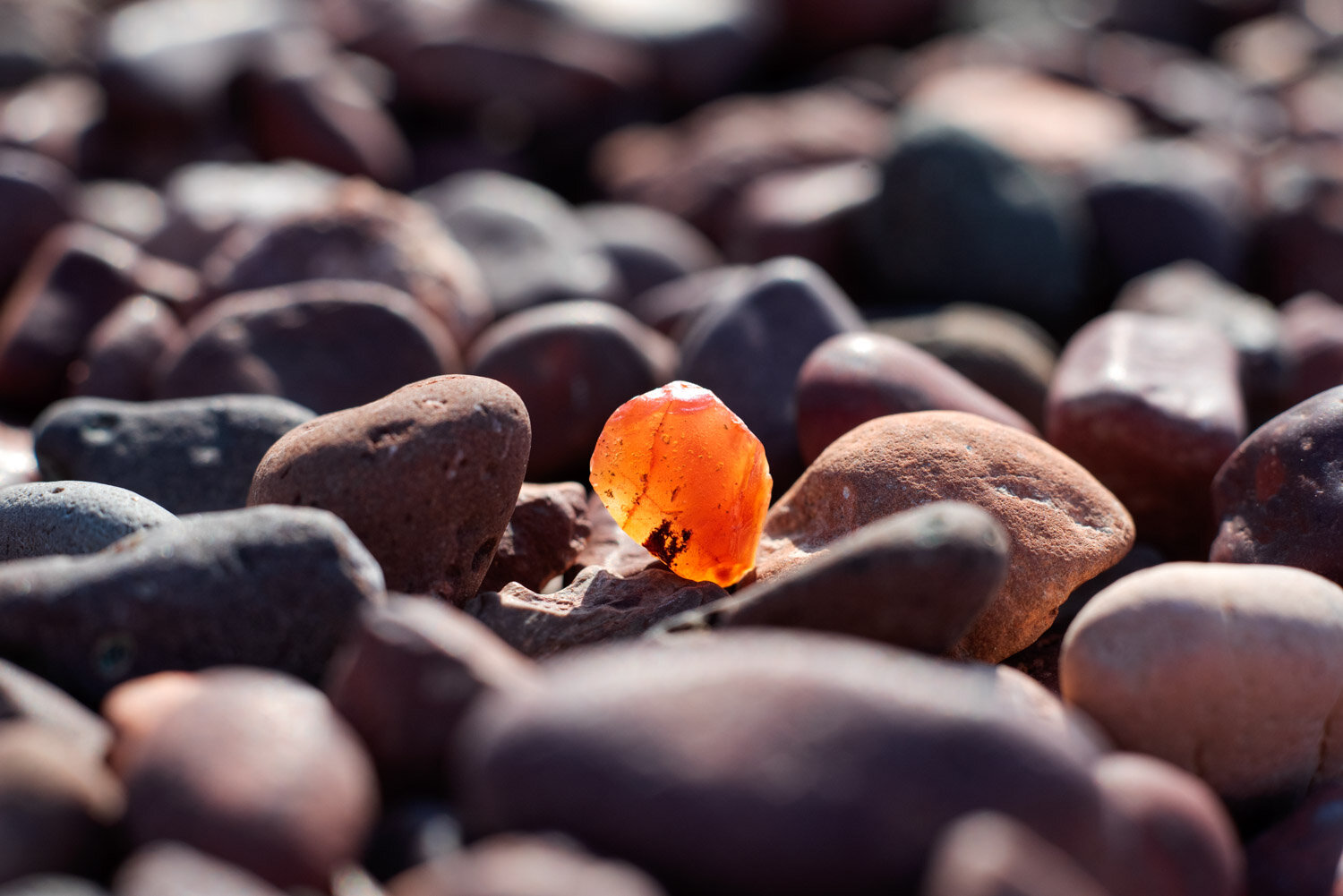

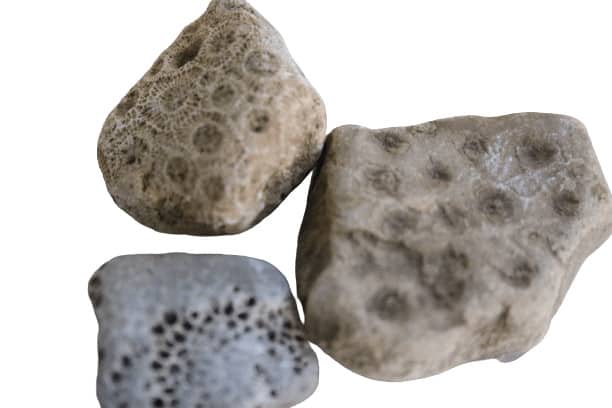
Michigan rockhounding maps to hunt for crystals, gemstones, minerals, and ores. Michigan is a haven for rockhounding enthusiasts, with its diverse geology and rich mineral deposits providing ample opportunities for exploration. From hunting for the famous Lake Superior agates along the state's northern shoreline to searching for copper and other minerals in Michigan's Upper Peninsula, there is no shortage of geological treasures to uncover.
Recommended Rockhounding Tools

Discover the perfect tools for your next adventure-whether you're a beginner or seasoned prospector. Find gear tailored to your location, skill level, and the gems you're hunting.
See RecommendationsPlease always bring appropriate attire and do research before venturing out to rock hunt and crystal hunt. Also, be sure to verify that the location you want to hunt at is available for public access. Rockhounding.org does our best to verify, but it is your responsibility to verify as well because sometimes things change. We are not liable for any actions you take from the information you find on this site.
Snacks & Hydration

Energy Bars
Stay energized with the best energy bars for your rockhounding adventures.
Our FavoritesMust Have Rockhounding Tools
Keeping accurate records of Rockhounding & Gemstone Hunting Locations is a community effort! Know of a good spot that is missing from our maps? Feel free to submit it below. Thank you for your contributions to the rockhounding community!
Popular Rocks, Crystals, & Gemstones In Michigan
-
 Chlorastrolite
ChlorastroliteChlorastrolite, also known as Michigan Greenstone, can be found on Isle Royale and the Keweenaw Peninsula in Michigan.
Read More -
 Red Jasper
Red JasperRed Jasper can be found in Michigan, particularly in the Upper Peninsula and along Lake Superior's shoreline.
Read More -
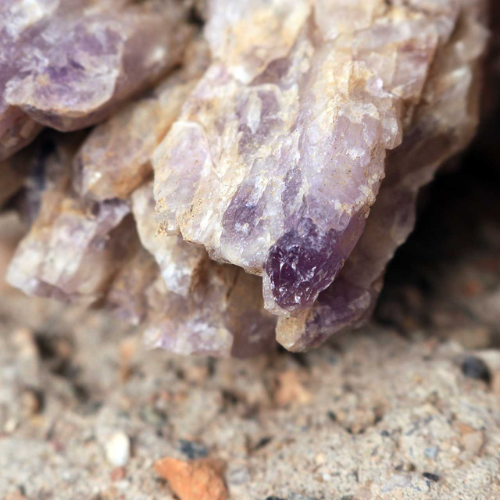 Amethyst
AmethystAmethyst can be found in Michigan, particularly in the Upper Peninsula, where it is found in geodes and vugs.
Read More -
 Copper Ore
Copper OreMichigan's Upper Peninsula is home to several copper mines, particularly in the Keweenaw Peninsula.
Read More -
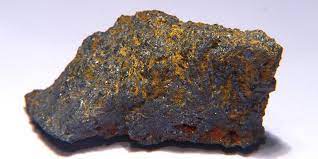 Magnetite
MagnetiteMagnetite can be found in Michigan, particularly in the Upper Peninsula, in areas with iron ore deposits.
Read More -
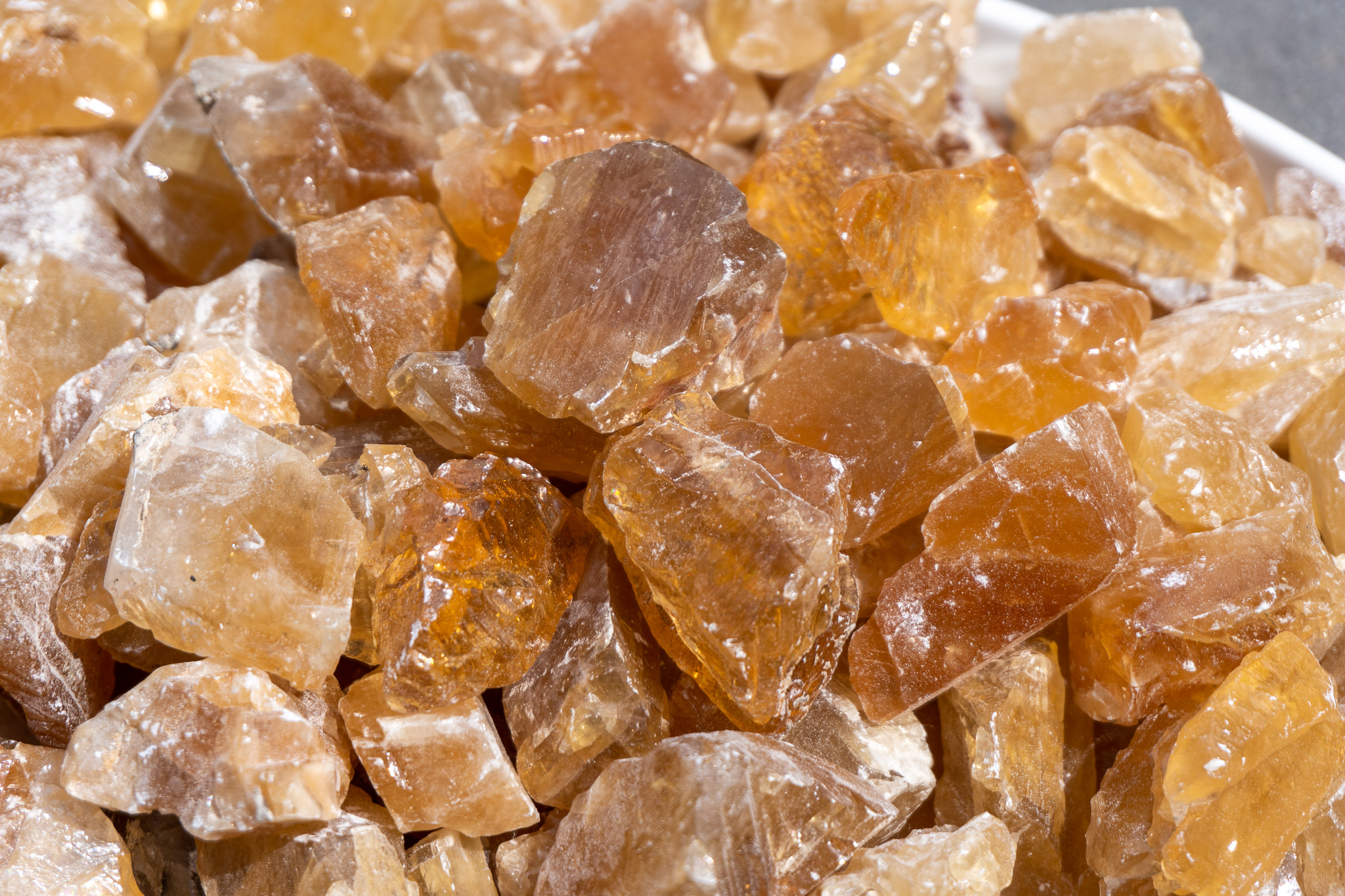 Calcite
CalciteCalcite can be found in Michigan, particularly in the state's limestone and dolomite formations.
Read More -
 Petrified Wood
Petrified WoodPetrified wood can be found in Michigan, particularly in the southeastern part of the state.
Read More -
 Ancient Marine Fossils
Ancient Marine FossilsAncient marine fossils, such as trilobites and crinoids, can be found in Michigan, particularly in limestone and shale deposits.
Read More -
 Celestite
CelestiteCelestite can be found in Michigan, particularly in the southeastern part of the state, in areas with limestone and shale deposits.
Read More -
 Epidote
EpidoteEpidote can be found in Michigan, particularly in the Upper Peninsula, in areas with metamorphic rock formations.
Read More
Popular Rock Hunting Areas In Michigan
-
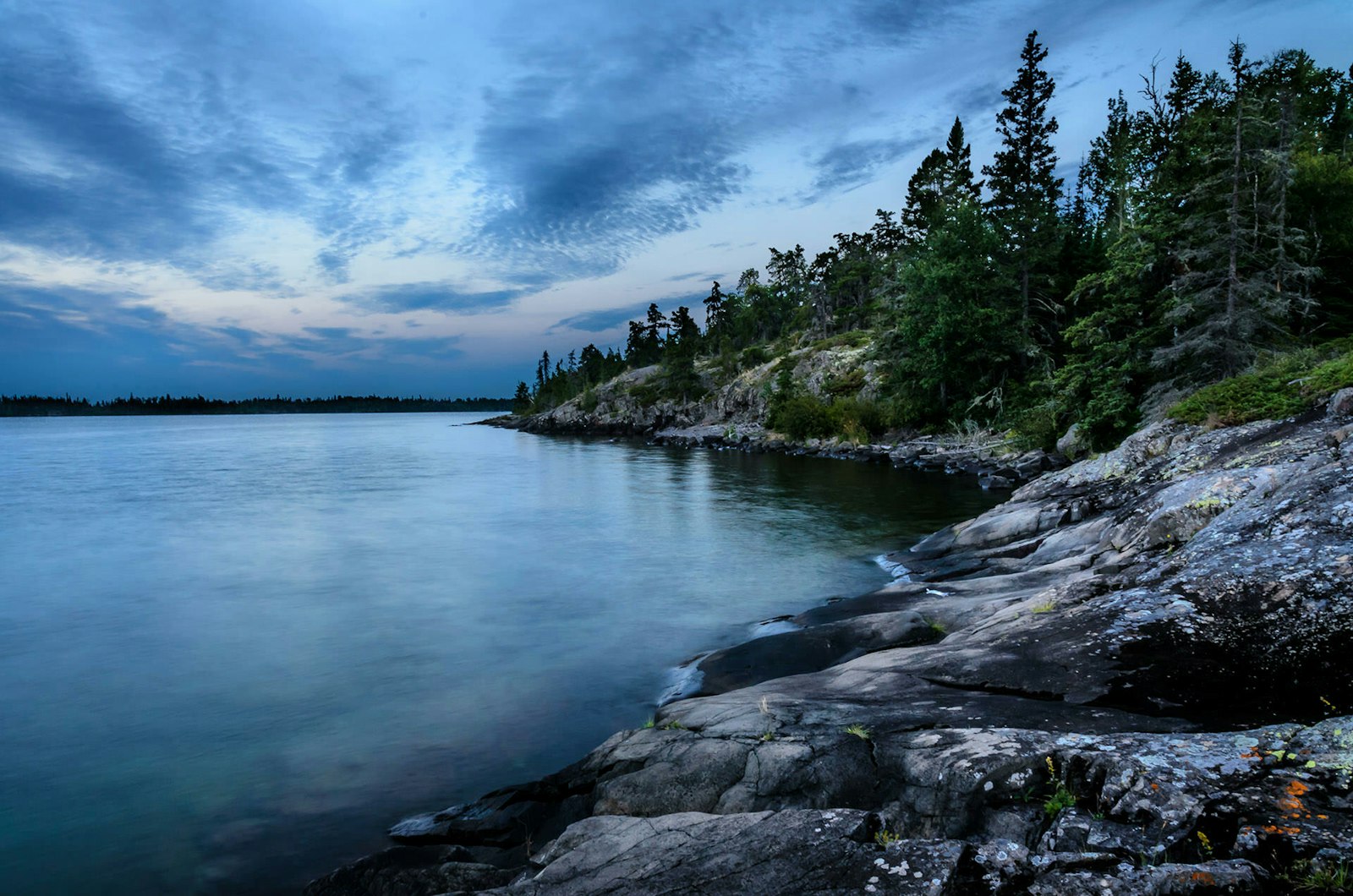 Isle Royale National Park
Isle Royale National ParkIsle Royale National Park, located in Lake Superior, is a remote destination with a history of copper mining. The park offers an opportunity to explore ancient copper mines and find native copper and other minerals along the hiking trails.
Read More -
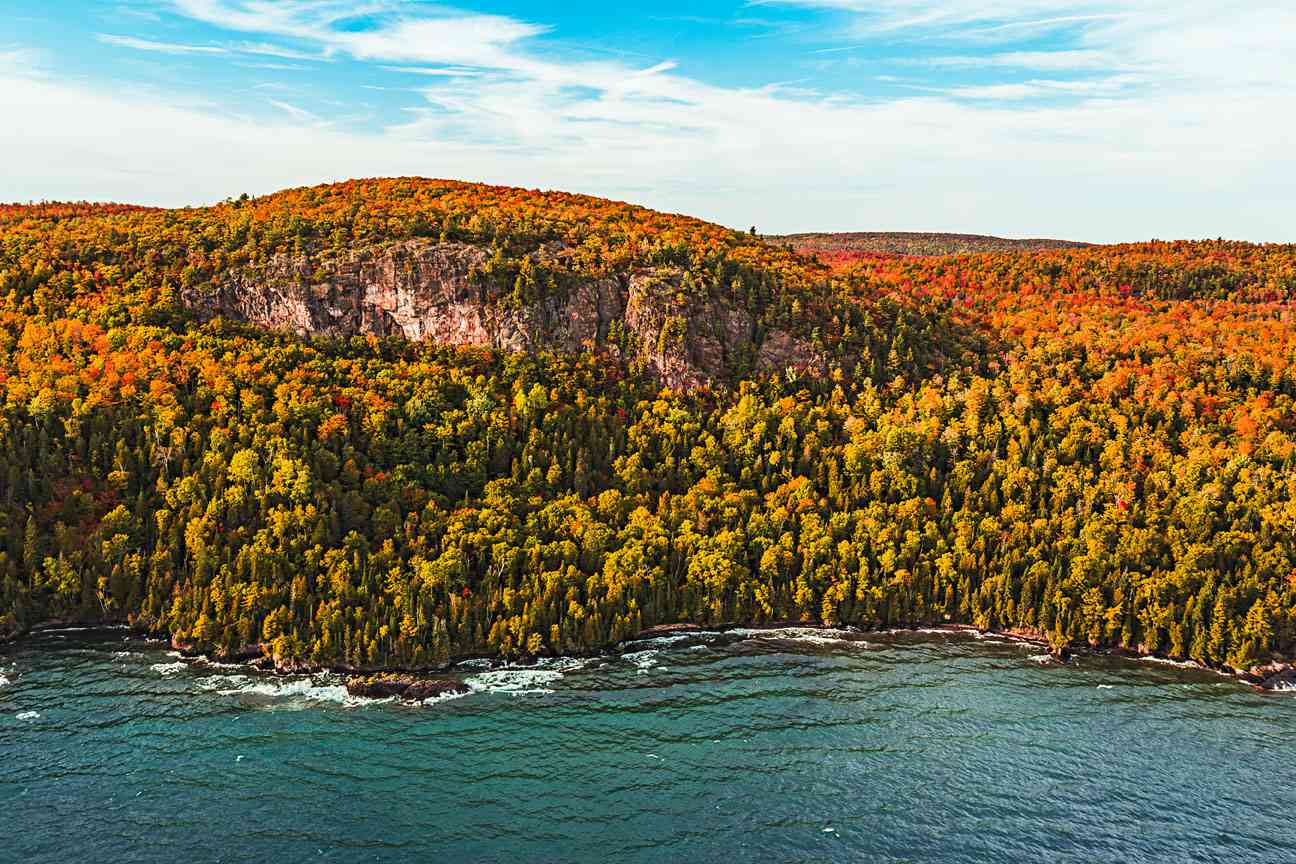 Keweenaw Peninsula
Keweenaw PeninsulaKeweenaw Peninsula, in Michigan's Upper Peninsula, is known for its rich copper deposits. Rockhounds can find native copper, datolite, and other minerals in the area, which is home to many abandoned mines and mineral-rich outcrops.
Read More -
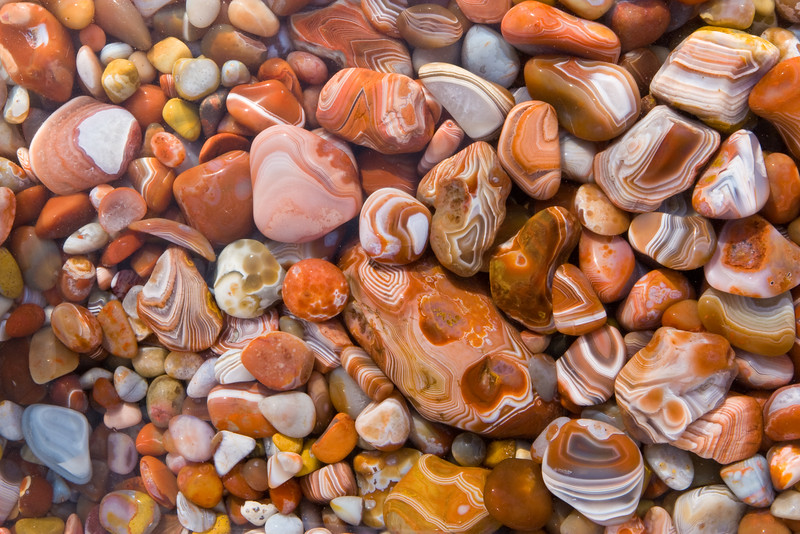 Lake Superior Agate Beaches
Lake Superior Agate BeachesLake Superior's shores are famous for their beautiful agates. Beachcombers can find these colorful, banded stones along the beaches, especially after storms, when waves uncover new treasures.
Read More -
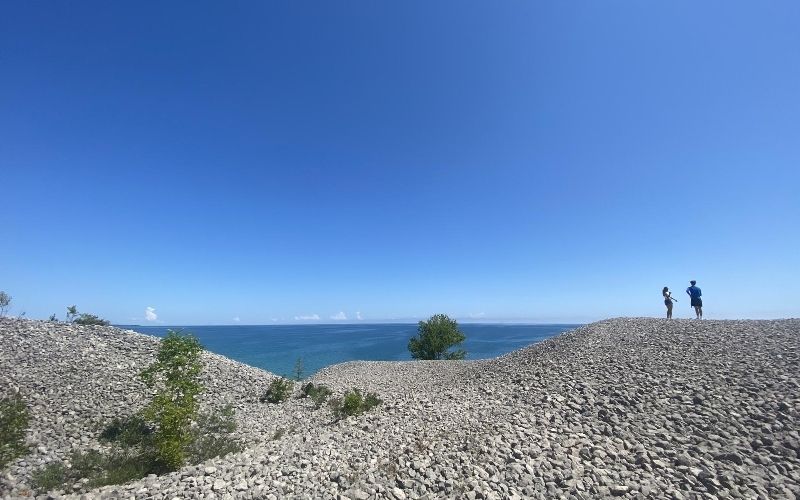 Rockport State Recreation Area
Rockport State Recreation AreaRockport State Recreation Area, located along the shores of Lake Huron, is an excellent spot for fossil hunting. Visitors can find a variety of fossils, including ancient coral and brachiopods, embedded in the limestone shoreline.
Read More -
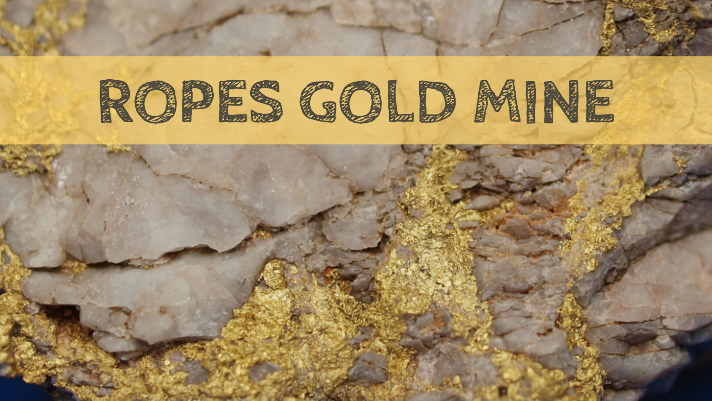 Michigan Gold Panning Locations
Michigan Gold Panning LocationsGold prospecting is possible in several locations across Michigan, including the Ropes Gold Mine area in Marquette County and the Michigan Gold Mine in Dickinson County. Hobbyists can try their luck panning for gold in creeks and streams.
Read More
Geology of Michigan
Michigan's geology is characterized by ancient Precambrian rocks, primarily gneisses and granites, in the Upper Peninsula and younger sedimentary rocks, including limestone, shale, and sandstone, in the Lower Peninsula. The state's landscape was heavily influenced by glaciation during the Pleistocene Epoch, which sculpted its moraines, kettle lakes, and the Great Lakes shoreline.
Michigan is known for its rich mineral deposits, including copper and iron in the Upper Peninsula, as well as for its famous Lake Superior agates. The state's diverse geological formations also include unique features like the Pictured Rocks National Lakeshore, which showcases colorful sandstone cliffs and other natural wonders.
Michigan offers a wide range of rockhounding opportunities, from searching for agates along the Great Lakes shoreline to exploring the mineral-rich Upper Peninsula and the state's unique geological formations.
Why Michigan Is The Best Place to go Rockhounding
Michigan is the best place to collect fossils and rocks. This is owing to the fact that Michigan has a unique geological history giving its unique state and landscape, and its closeness to the great lakes. It has rocks dated as far back as a billion years ago, from the paleozoic and protozoic era.
In Michigan, you can find igneous, volcanic as well as metamorphic rocks with different historical backgrounds, and in numerous places making it a treasure trove for rockhounding hobbyists and rock collectors.
Top Rockhounding Locations in Michigan
There are three different regions people usually go rockhounding in Michigan: the Coastal areas, Interstate areas, and the Upper Peninsula. The coastal regions are the most accessible spots to go rockhounding in Michigan because you can find rocks like Fossils, Petoskey stones, Agates, Yooperlites, as well as Gypsum, and other rocks you can likely find in this region.
The interstate regions, which are mostly the Lower Peninsula beyond the coasts, offer opportunities to find Gypsum, Calcite, plus other mineral rocks.
While in the Upper Peninsula, you can find a diverse range of mineral rocks, especially on Drummond Island where you can find Fluorite, Gypsum, Dolomite, etc.
Notable spots include:
- Lake Michigan
- Lake Superior - Whitefish Point, Grand Marais
- Leland Blue Stones
- Drummond Island - Lake Huron
Other Types of Popular Rocks & Minerals You Can Find in Michigan
Petoskey Stones

This is Michigan’s official state stone, and is a rock you will commonly find as you walk through the shores of Lake Michigan. These unique patterned stones are fossilized coral that date back over 350 million years, and are primarily found around the Petoskey and Charlevoix shorelines. Petoskey stones carry a hexagonal structure and are typically of grey color. You can find these stones at the Petoskey State Park, the Orchard Beach State Park, The Leelanau State Park, as well as The Lake Michigan Beach.
Charlevoix Stones
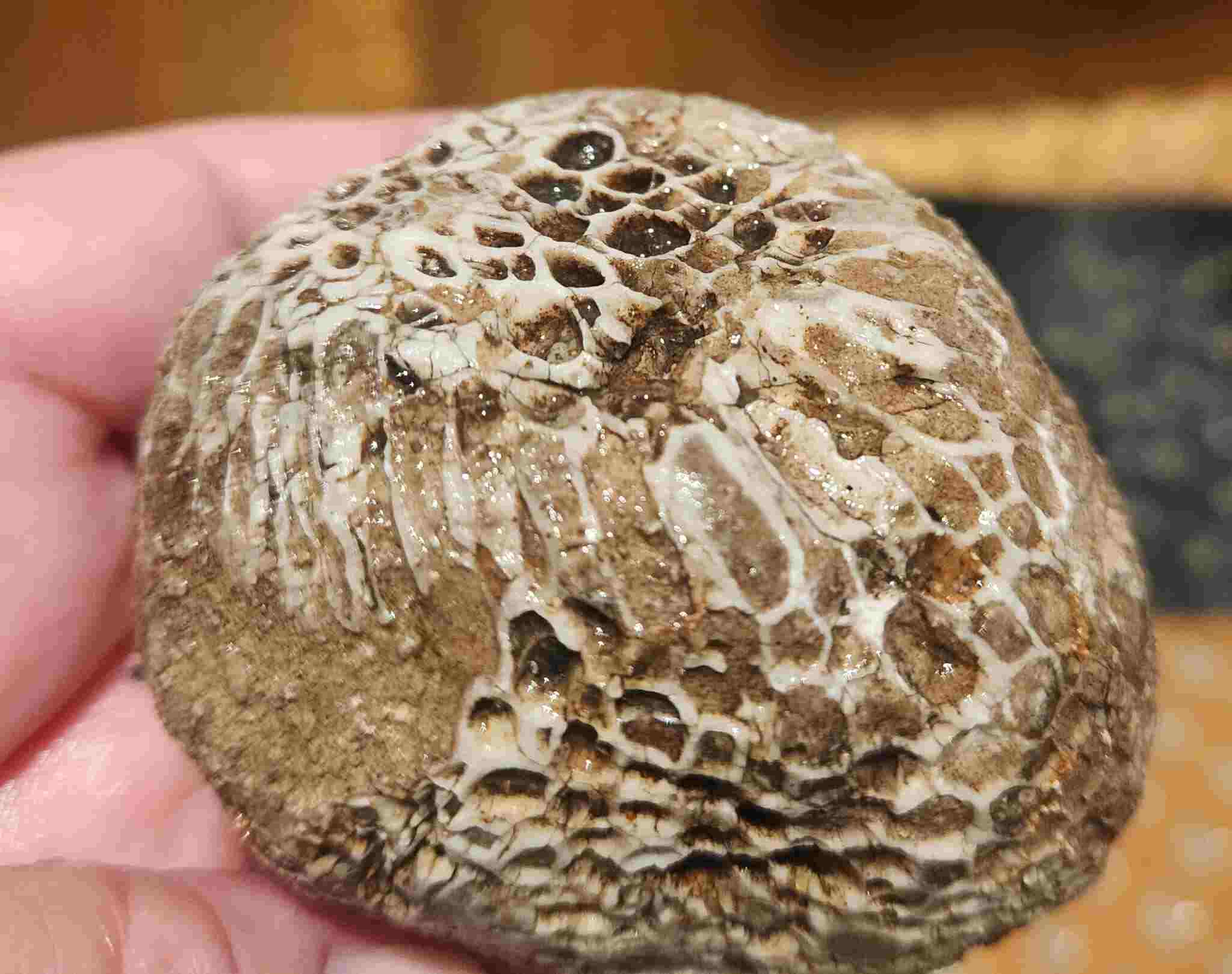
The Charlevoix stone is well-known as the Petoskey stone’s cousin. It is mostly hunted alongside the Petoskey stone and found on the same lakes. You can find Charlevoix at Michigan Lake, Fisherman’s Island State Park, Beaver Island, or even the Depot Beach.
These stones are made from Hexagonaria percarinata and are packed with corallites resembling the skeletons of living corals of about 350-million-year-old skeleton, which makes them distinctive and carries features known as “smaller eyes” similar to the Petoskey stones.
Yooperlites

These are mostly found on the Upper Peninsula of Michigan, mostly along the shores of Lake Michigan as well as the Keweenaw Peninsula near the Grand Marais.
Yooperlites carry the mineral known as sodalite, which is responsible for the glow these stones emit (a yellow-like color) visible under UV lights; otherwise, you will miss them if you view them with ordinary lights.
They are said to be formed out of ancient volcanic activity many years ago, mostly originating from magma that cooled slowly beneath the Earth’s surface, forming the distinctive pattern of minerals that give Yooperlites the unique color it emits, making it a distinctive rock for hunters.
Agates
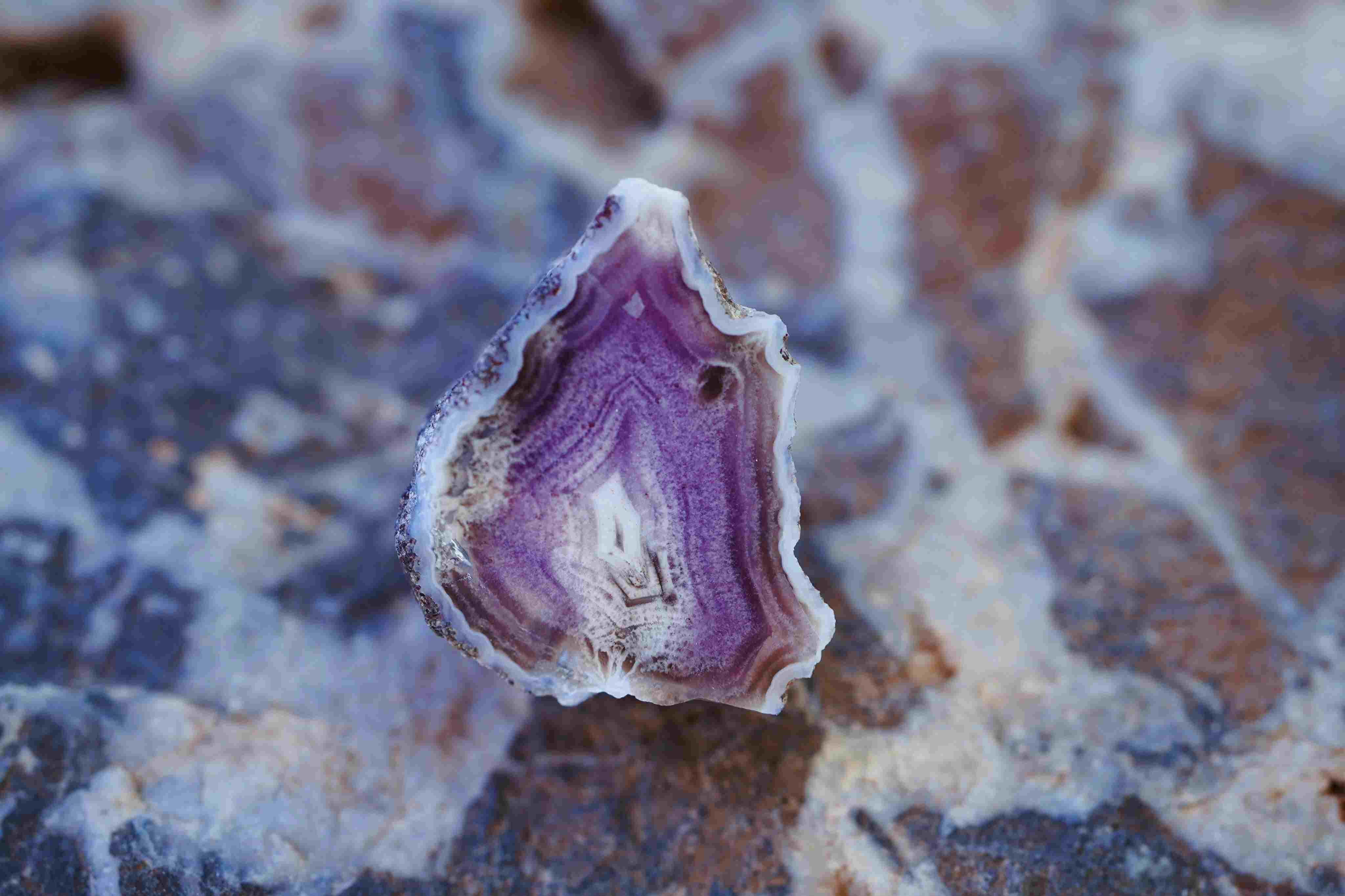
Agates are formed from the vessels of ancient silicate lavas and stained like iron. Mostly found on the shores of Lake Superior, they come in vibrant colors of yellow, red, and orange. You can find Agates in beaches with fresh gravel such as the beaches of Copper Harbor and in Upper Peninsula spots such as Whitefish Harbor.
Native Copper
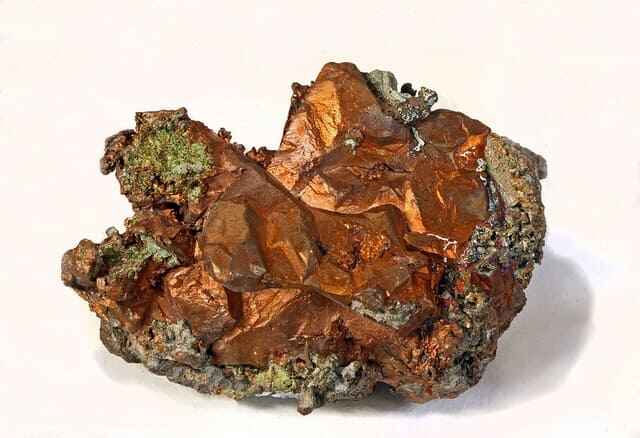
These unique metallic specimens are mostly found in the Keweenaw Peninsula. To find Native Copper, you have to hunt through old copper mining sites along the shores of Lake Superior, searching for copper nuggets or datolites in these old mining sites or natural locations.
You can find these copper sites in locations such as the McLain State Park and Calumet Waterworks Park. You could also visit the Cliff mines or the Central mines, but before visiting any of these mines, ensure you check out the laws surrounding hounding in these areas.
Fossils
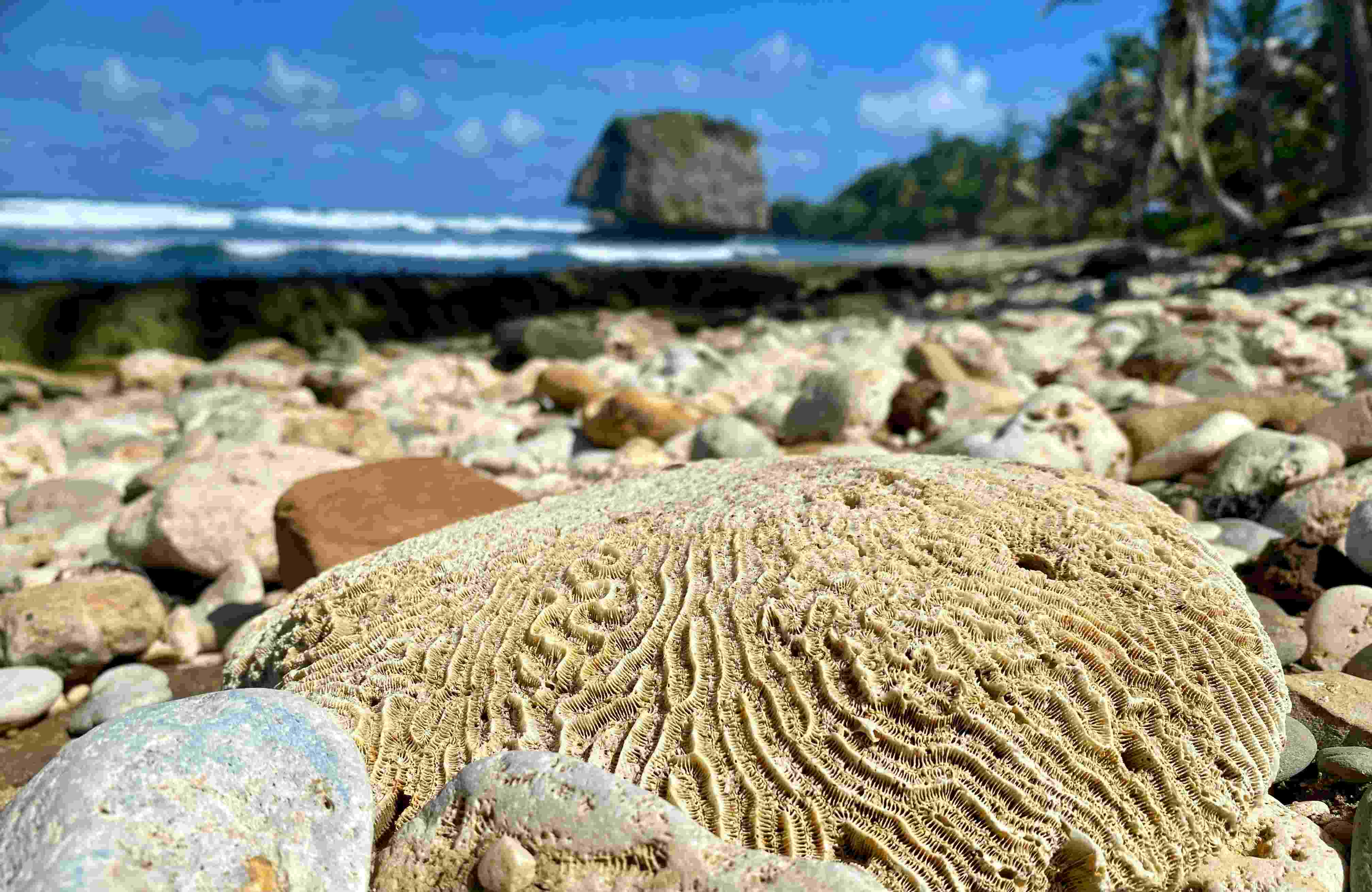
Coral fossils and shells can be found on Drummond Island, particularly the shores of Lake Huron, the Rockport State Recreation Area near Alpena, the Christmas Cove Beach, as well as Peterson Park in Northport. These fossils can be found on the island's beaches, forests, as well as abandoned quarries.
Chlorastrolite
.jpg)
The Chlorastrolite, also referred to as the Isle Royale greenstone, is primarily found in the Upper Peninsula and Isle Royale in Lake Superior. This gemstone is small, with a variety of pumpellyite, featuring a bluish-green color with star-like crystals. It is rare to find, making it one of the most sought-after rocks.
To find the Chlorastrolite, you will have to hunt along the Lake Superior shoreline on Isle Royale. You will also find something exploring the Keweenaw Peninsula like the Eagle River Public Beach, McLain State Park, Misery Bay, and the Agate Beach.
Leland Blue Stones
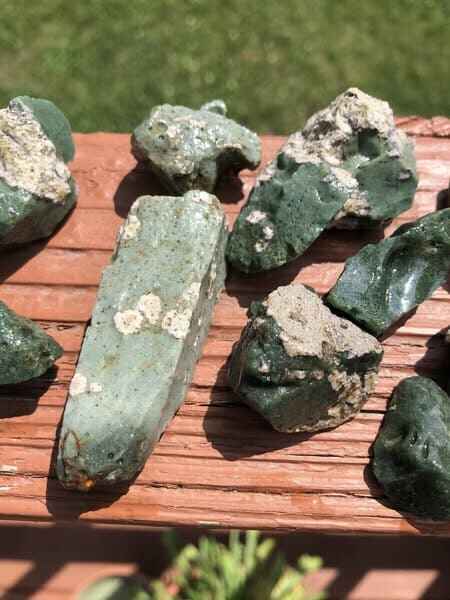
On the lakes of Michigan, one will notice stones with deep navy or bright blue colors with smooth textures called the Leland Blue Stones. The stone primarily consists of a type of silicate mineral called jasper, which undergoes unique geological/metamorphic processes to form a beautifully crafted historical gem.
The Leland stone itself is a metamorphic rock that can be traced back to volcanic origins from far back. Some natural processes working on this rock, such as heat, pressure, and chemical reactions, have helped to transform this rock into the Leland blue stone we know today. Also, we should note that during the course of this metamorphic process, this stone has been immersed into various other elements which have contributed to the texture, especially copper.
This blue stone can be mostly found in Lake Michigan.
Green Stones
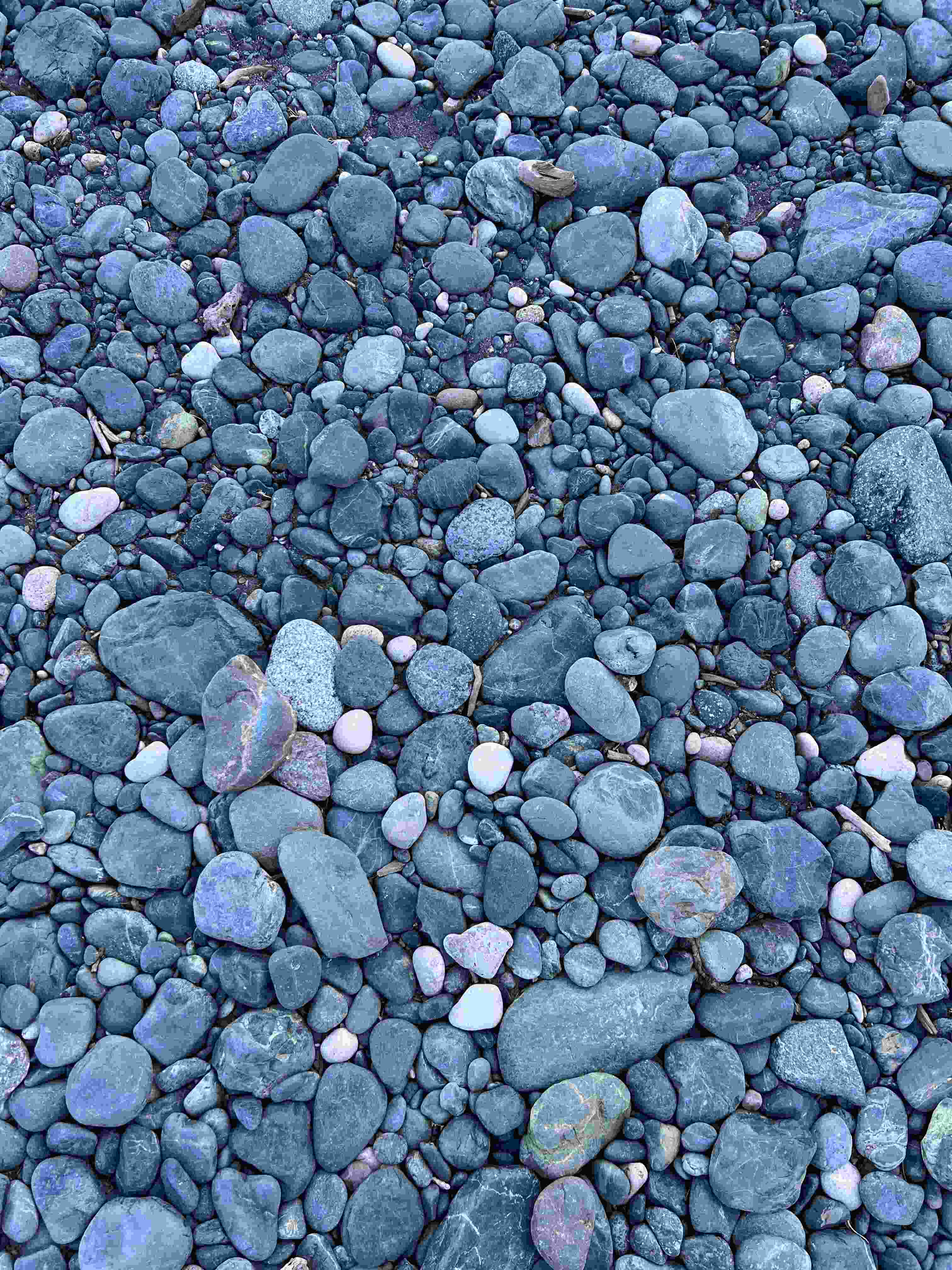
The Green stone is another variety of rock you can find rockhounding in Michigan. You will most likely find them on the south of Leland on the Lake Michigan shore. The Green stones, otherwise known as Frankfort Green stones, are similar to the Leland Blue stone and are mostly found around the same area. It is popularly known to be used in jewelry.
You can also find the Green stones in the Empire Beach, Frankfort Public Beach, and other beaches near Northport, Leland, Glen Arbor.
Volcanic Rocks
While rockhounding in Michigan, you can find volcanic rocks and metals like Native Copper, Hematite, Calcite, Quartz, Basalt, Epidotes, and Gypsum, sourced from lava flows that occurred billions of years ago in the state from the upwelling of magma.
Some cliff mines and central mines in the state are usually open to picking these kinds of rocks during most times of the year. There is also something called “mineral days” where one can hunt and pick these types of mineral rocks.
Guide Books for Rockhounding in Michigan
For those seeking more in-depth information and detailed directions to various rockhounding sites in Michigan, there are several excellent guidebooks available.
Tools for Rockhounding in Michigan
Before going out to hunt for rocks, you need to be equipped with the right tools that you need for a successful rockhounding journey. These tools include:
- Waterproof boots
- Helmet
- Puncture-proof gloves
- Collection buckets
- Basic navigation compass for when there is an outage of networks in off-the-road paths
- Flashlight
- UV lights if one is hunting Yooperlites
- Rock hammer
RELATED READ: The Rockhound’s Checklist: Essential Tools for Rockhounding
Michigan Rockhounding Laws & Regulations
Before going rockhounding in Michigan, there are some laws and rules you have to adhere to. It is important to read these laws thoroughly to avoid getting in trouble.
Some of these rules include:
- Check if the mine/quarry/rockhounding area is open to the public. Some areas are not open to the public or might require some permissions to access the area.
- For instance, you are not legally permitted to collect anything from some Coastland areas, Natural parks, or Lake shores. In addition, some historical sites or areas designated for preservation are not also open to the public for rockhounding.
- Some private property might require some permissions before you can access them. Also, some mines that seem abandoned are now private property, so you have to verify before accessing such areas and know if it is open to the public.
- Some quarries or mines are not open for immediate public access unless you seek permission or join a rockhounding club or you are part of an educational group. Check for such groups or clubs you can join to guarantee you access to these areas.
Meanwhile, places that are open to rockhounding adventure include:
- USDA-controlled National Forests and Recreation Areas
- State-owned lands held in public trust
- Public parks and beaches
- Private property with the owner’s permission
NB: You can only collect 25 pounds of rocks per year from state parks and up to 10 pounds from USDA-controlled areas. However, do extra findings before visiting these areas.
Tips for a Successful Rockhounding in Michigan
Before embarking on a rockhounding journey in Michigan, here are some tips to keep in mind for a successful adventure:
- Do thorough research before going on a rockhounding adventure. That way, you know which rocks to look out for and the most likely place to find these rocks. Also, reading up on the history behind these gems will help connect deeply and meaningfully with the rockhounding adventure.
- Take the required tools with you. You will most likely need them for safety or for collecting rocks.
- Remember to not limit yourself to just one location. Feel free to explore different locations within the legal confines of the State of Michigan. Exploring helps you learn more and have different unique experiences.
- Go with friends or join a rockhounding club. Going with friends makes it more fun and an intriguing experience.
Conclusion
Michigan is blessed with lakes and beaches that house some of the beautiful rocks you can find anywhere in the world. We are talking Petoskey stones, Yooperlites, Leland Blues, Native Coppers, as well as Agates. There are different rocks of diverse shapes, sizes, colors, and each with a unique history for your exploration.
Remember to familiarize yourself with the rules and regulations governing each location, as well as general Michigan rock collecting laws. And go with the right tools for your safety and a seamless experience.
Check out more information about rockhounding in Michigan






